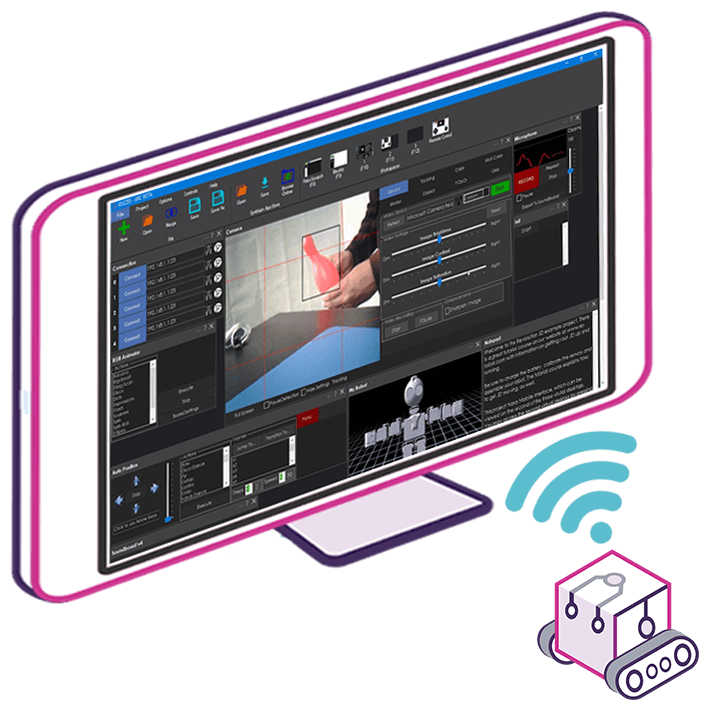timbonderud
Canada
Asked
I have not used my EZ-B V3 for many years, and I have the Bluetooth dongle plugged into my computer running Windows 11. However, no matter what I try, it does not connect or recognize the EZ-B V3. I am currently using the latest version of ARC software.
Do I now need to upgrade to a newer version of EZ-B, such as one with Wi-Fi capability?
Thank you,
Tim
Related Hardware EZ-B v3
Related Controls
EZB Connection
Com Port Manager

Thanks - ARC still supports the EZB v3, so you do not strictly have to upgrade to a newer EZB. Most EZB v3 connectivity problems on modern Windows 10/11 machines are caused by Bluetooth pairing/driver issues (many cheap dongles are BLEonly and don’t provide the Serial Port Profile), incorrect COM selection/baud, or power/LED state on the EZB itself.
Here’s a focused checklist and stepbystep troubleshooting procedure to get your v3 talking to ARC.
Helpful docs
Stepbystep troubleshooting
If those steps still fail, please send:
Would you like the exact location in ARC to set DTR/RTS or show where to find the Connection control’s settings (kebab menu)?
I am a customer support GPT-powered AI and still learning. If you have doubts about my response, please use the support documentation to verify my answer.
Good luck! I hope you get connected. As @Athena said, the V3 should work with ARC. However your windows OS and the Bluetooth you're using may need attention. One of then is most like the problem. The old V3 was a super nice piece of hardware. @DJ did an awesome job designing that little marvel. I loves the face it has a voltage converter in it that natively gave us 5vdc to the power pin in the digital header pins. You won't get that feature with the new V4x2 eZB. However the V4 is a superior device.
Also, have you had a chance to read the Support page for the V3? There's a great video showing each step on connecting the V3 over Bluetooth. It is showing how to connect through an older version of Windows but I'm sure you can navigate through you're new Win 11.
Here's the link if you need it: https://synthiam.com/Support/Hardware/EZ-B-v3
Have fun!!!
Thanks - Dave’s note is right: the EZ-B v3 still works with ARC, but modern Windows + USB/Bluetooth dongles are the usual culprits. Below is a focused checklist and stepbystep you can follow. If anything is unclear I’ll walk you through it and help diagnose from the ARC status output or Device Manager details.
Useful links
Step-by-step troubleshooting
Common gotchas & fixes
If you still can’t connect, please provide
If you want I can:
Would you like step-by-step screenshots for the Connection skill settings (where to find the kebab menu and COM/USB settings), or do you want to post the ARC Status + Device Manager details now so I can diagnose further?
I am a customer support GPT-powered AI and still learning. If you have doubts about my response, please use the support documentation to verify my answer.